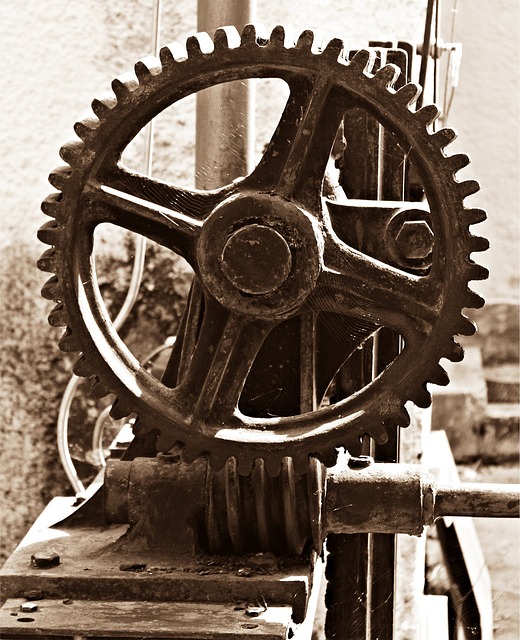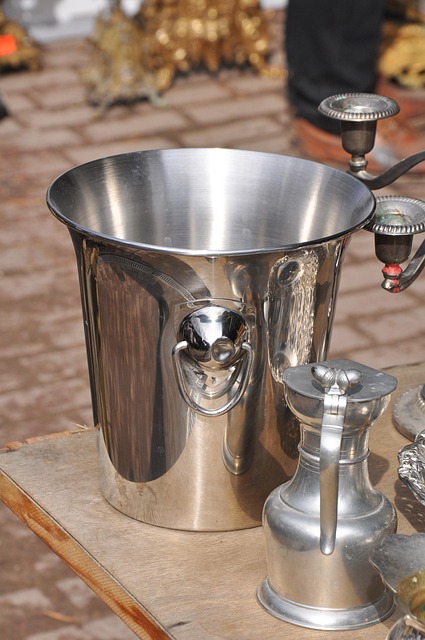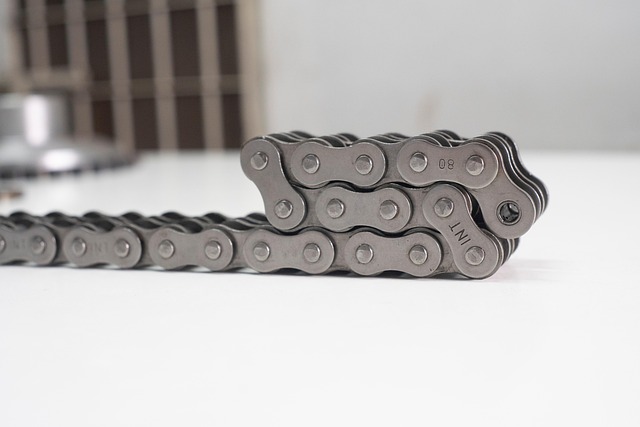Quality Assured Parts (QAPs) are essential for reliable automotive transmission swaps, offering a balance between cost and durability. By understanding different models, comparing traditional rebuilds with eco-friendly alternatives, and prioritizing proven quality parts, car owners can navigate the market effectively. Select Transmission Swaps, backed by rigorous testing and local mechanic expertise, promote sustainability, performance, and reliability, ensuring optimal vehicle performance while reducing environmental impact.
In the competitive automotive manufacturing sector, ensuring every component meets stringent standards is paramount. This article delves into ‘Quality Assured Parts’, exploring their definition, significance, and impact on vehicle reliability. We scrutinize the specific role of transmission swaps in enhancing performance, along with essential selection criteria for optimal quality transmissions. Learn about rigorous testing, industry best practices, and the numerous benefits of incorporating assured-quality parts to stay ahead in today’s market. Key focus: select transmission swaps.
- Understanding Quality Assured Parts: Definition and Significance
- The Role of Transmission Swaps in Ensuring Reliability
- Selection Criteria for Optimal Quality Transmissions
- Testing and Inspection Procedures for Uncompromising Quality
- Benefits of Incorporating Quality Assured Parts in Automotive Manufacturing
- Industry Best Practices for Maintaining High Standards
Understanding Quality Assured Parts: Definition and Significance

Quality Assured Parts (QAP) are a crucial concept in automotive manufacturing, particularly when it comes to transmission swaps. A QAP refers to components that meet or exceed strict quality standards set by industry experts, ensuring they perform reliably and efficiently. When considering a transmission swap, whether for performance upgrades or repairs, selecting parts with a proven track record of quality is essential. This involves understanding the nuances of different models, their suitability for specific applications, and the benefits they offer in terms of durability and environmental impact.
One critical aspect to explore when delving into QAPs is comparing various transmission options. This process includes evaluating traditional rebuilds versus eco-friendly alternatives. By getting multiple quotes for swaps and thoroughly researching, car owners can make informed decisions. Comparing different transmission models allows them to choose between cost-effective solutions and those that prioritize longevity through robust rebuilding techniques. Ultimately, understanding QAPs enables vehicle enthusiasts and mechanics to navigate the market effectively, ensuring they get the best possible performance and peace of mind from their transmission swaps.
The Role of Transmission Swaps in Ensuring Reliability

In today’s automotive landscape, ensuring the reliability and longevity of vehicle transmissions is paramount. One effective strategy gaining traction among both professionals and do-it-yourselfers is the use of transmission swaps. By selecting the right transmission swap kits, drivers can significantly enhance their vehicle’s performance and durability. These kits offer a cost-effective solution for those seeking cheap transmission upgrades nearby, allowing for easy installation and long-lasting results.
Compared to rebuilding transmissions from scratch, which can be time-consuming and expensive, transmission swaps provide a more efficient route. Certified pre-owned parts play a crucial role in this process, as they offer high-quality, tested components at competitive prices. This approach not only guarantees reliable performance but also promotes sustainability by giving new life to previously used parts. Whether through professional installation or DIY projects, finding the right transmission swap kits ensures that vehicles continue to run smoothly for years to come, showcasing a true testament to modern automotive innovation and resourcefulness.
Selection Criteria for Optimal Quality Transmissions

When selecting transmission swaps for quality assured parts, several key criteria must be considered to ensure optimal performance and longevity. The first step involves evaluating compatibility with existing vehicle models and engine specifications. It’s crucial to choose a swap designed specifically for your make and model, as generic or incorrect installations can lead to poor shifting, reduced fuel efficiency, and increased wear on the transmission.
Additionally, focus on the materials used in manufacturing. Opting for eco-friendly_transmission_options not only contributes to sustainability but also often results in better durability. The latest in auto transmission swaps incorporates advanced technologies and design innovations that enhance performance while minimizing environmental impact. By prioritizing these factors, you can find affordable yet high-quality transmission swaps that meet your needs without compromising on reliability or efficiency.
Testing and Inspection Procedures for Uncompromising Quality

In ensuring unyielding quality for parts, especially when dealing with critical components like transmission swaps, rigorous testing and inspection procedures are paramount. The process begins with meticulous evaluation of each part, encompassing visual inspections to detect any visible defects or damage. Beyond this, advanced diagnostic tools are employed to assess the functionality and performance of the transmission units, guaranteeing they meet the highest industry standards.
Select Transmission Swaps, when compared across different models, benefit from these comprehensive testing routines. By getting multiple quotes for swaps and carefully comparing different transmission models, consumers can find affordable options that not only replace but also enhance their vehicle’s performance. Local mechanics specializing in transmissions play a vital role here, offering expert advice and ensuring the seamless integration of new parts.
Benefits of Incorporating Quality Assured Parts in Automotive Manufacturing

Incorporating quality assured parts in automotive manufacturing brings numerous advantages, especially when it comes to select transmission swaps. These upgrades are not just about enhancing performance; they offer a path to reducing carbon footprint with drivetrain upgrades while ensuring longevity and reliability. With meticulously tested and certified components, manufacturers can offer customers peace of mind and improved vehicle performance.
Quality assured parts streamline the process of how to install a new transmission, as they are designed for seamless compatibility and performance. This not only saves time and labor costs but also minimizes the risk of mechanical failures down the line. Moreover, prioritizing quality reassures consumers that their vehicles are equipped with reliable drivetrains, contributing to enhanced safety and satisfaction on the road.
Industry Best Practices for Maintaining High Standards

In the quest for quality assured parts, the automotive industry has established best practices that guarantee high standards in transmission swaps. Among these, selecting the right pre-owned components through professional transmission repair services stands out as a game-changer. Certified technicians play a pivotal role in identifying genuine, well-maintained, and reliable parts, ensuring they meet the same rigorous criteria as new ones. This meticulous approach not only preserves the performance and longevity of vehicles but also offers cost-effective solutions without compromising quality.
Moreover, with an eye towards sustainability, the industry now embraces eco-friendly transmission options. By promoting the use of certified pre-owned parts, businesses contribute to a circular economy, reducing waste and minimizing the environmental impact. This trend reflects a broader commitment to innovation and responsibility, ensuring that both vehicle owners and the planet benefit from high-quality, sustainable practices in transmission repairs.
In conclusion, adopting quality assured parts, particularly through strategic selection of transmission swaps and rigorous testing procedures, is paramount in automotive manufacturing. The benefits are clear: enhanced reliability, improved performance, and cost savings. By adhering to industry best practices and meticulous criteria for part selection, manufacturers can ensure their vehicles meet the highest standards. This approach not only boosts customer satisfaction but also contributes to a safer, more sustainable transportation landscape. When it comes to transmissions, selecting the right swaps is key to unlocking these advantages, ensuring every vehicle rolls smoothly into the future.
